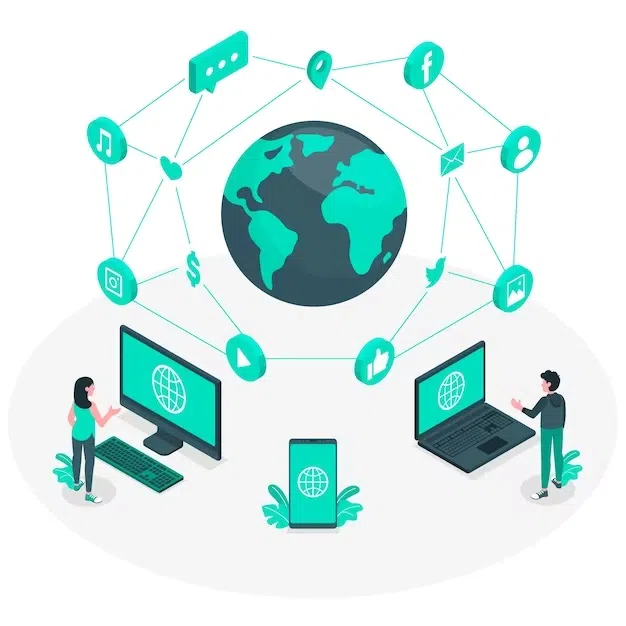Introduction
Natural Language Processing (NLP) is the field of artificial intelligence that focuses on the interaction between computers and human language. Deep learning, a subset of machine learning, has revolutionized Natural Language Processing, enabling machines to understand, interpret, and generate human language at an unprecedented level of sophistication. In this blog, we’ll explore the fascinating realm of NLP with deep learning, its applications, and how it’s reshaping the way we interact with text data.
The Power of NLP and Deep Learning
NLP is at the core of many applications we encounter daily, from chatbots and virtual assistants to language translation, sentiment analysis, and content recommendation. While traditional NLP methods often relied on rule-based systems and handcrafted features. Deep learning models have brought a transformative shift by allowing machines to learn the patterns and structures of language from data.
How Deep Learning Enhances NLP
Deep learning models, particularly recurrent neural networks (RNNs), long short-term memory networks (LSTMs). Transformer models like BERT, GPT, and T5, have advanced NLP in several ways:
- Language Modeling: Deep learning models can generate human-like text, opening up possibilities for content creation and completion.
- Sentiment Analysis: They can analyze and understand the sentiment expressed in text, making them invaluable for social media monitoring and brand reputation management.
- Machine Translation: Deep learning models have significantly improved language translation, enabling real-time and accurate translations between numerous languages.
- Named Entity Recognition: NLP with deep learning can identify and extract entities such as names, locations, and dates from text.
- Question Answering: They can provide precise answers to questions posed in natural language, which has applications in chatbots and customer support systems.
- Summarization: Deep learning models can generate concise and coherent summaries of lengthy texts, which is valuable in content curation and news aggregation.
Applications of NLP with Deep Learning
NLP with deep learning has made a significant impact in various domains:
1. Healthcare: Extracting medical information from clinical records, assisting in diagnosis, and predicting patient outcomes.
2. Customer Service: Chatbots and virtual assistants provide instant responses to customer inquiries and enhance user experiences.
3. Finance: Analyzing news articles and social media to make real-time investment decisions.
4. Legal: Automating document review, contract analysis, and legal research.
5. Content Generation: Producing automated reports, content summaries, and even creative writing.
Challenges and Ethical Considerations
The use of NLP with deep learning also raises challenges, including issues related to data privacy, bias in language models, and the responsible use of technology. Particularly in sensitive applications like surveillance and decision-making systems.
The Future of NLP with Deep Learning
As deep learning models continue to evolve and data availability increases, we can expect even more sophisticated applications of NLP. These applications will further blur the lines between human and machine communication. Leading to enhanced user experiences and improved efficiency in various industries. NLP with deep learning is an exciting field that will undoubtedly shape the way we interact with text data in the years to come.
For more updates stay with boardofjobs.com

